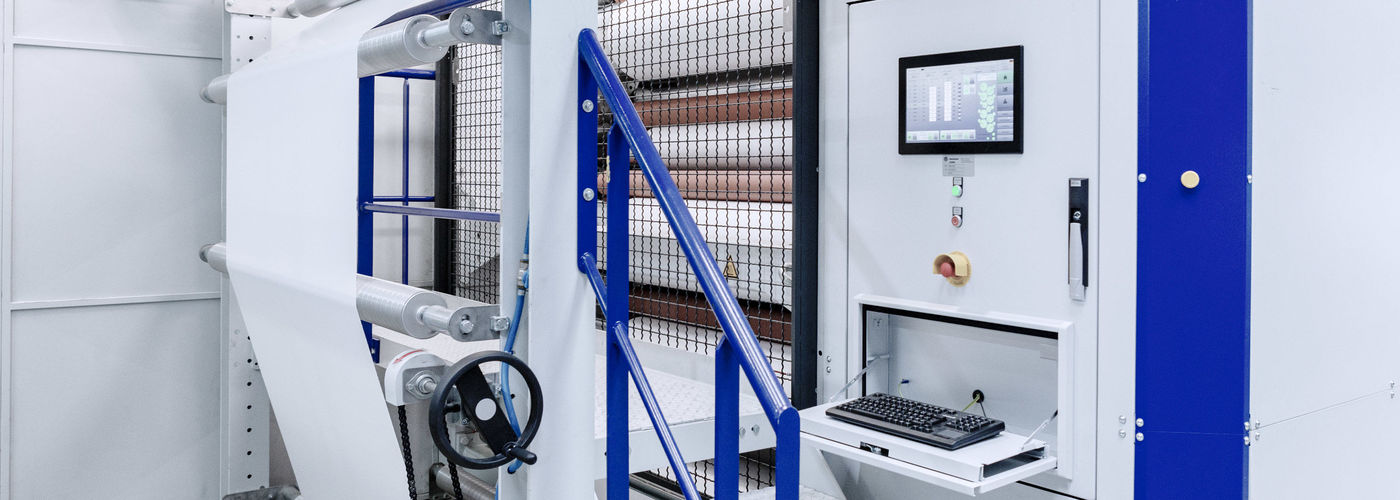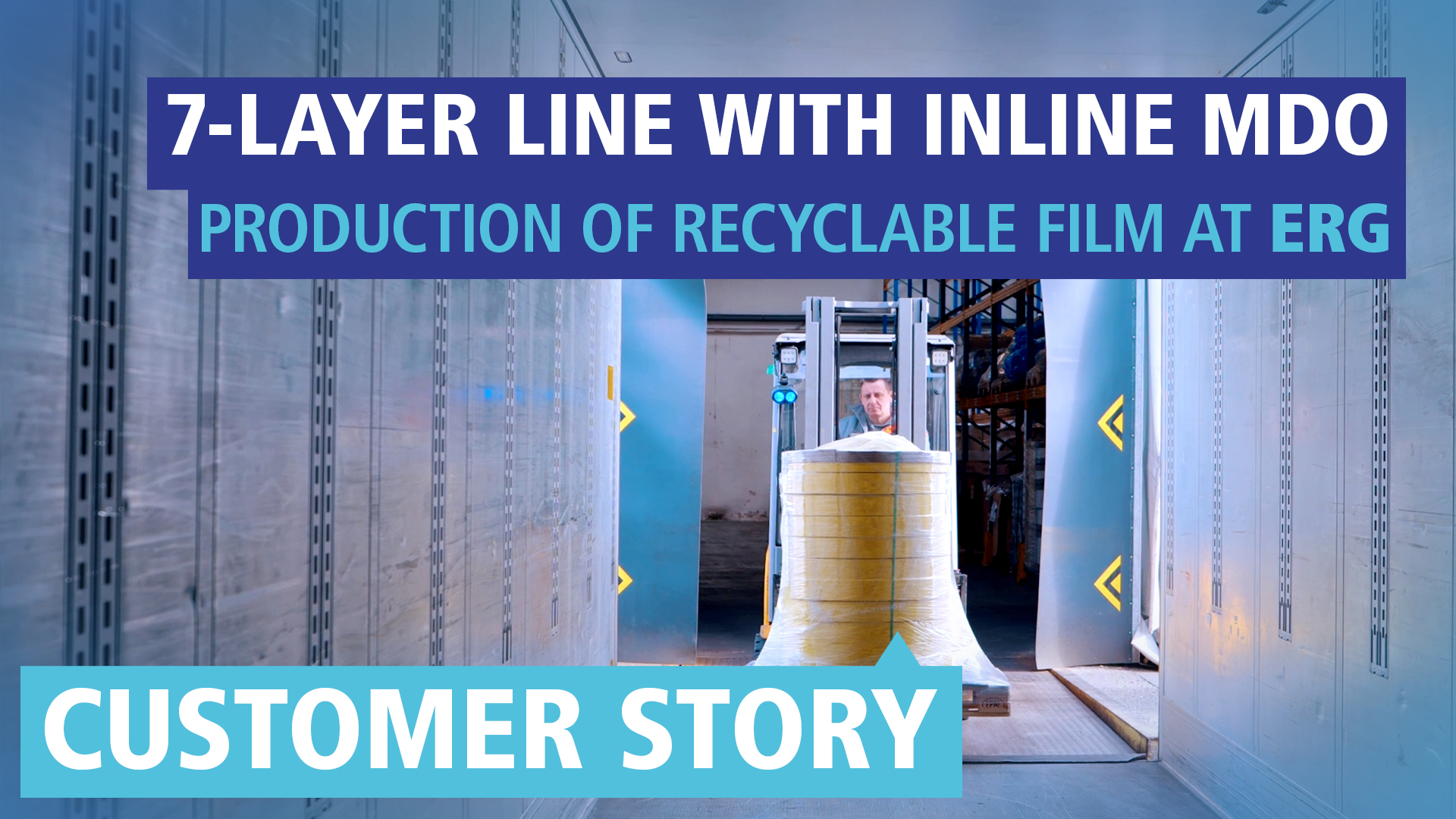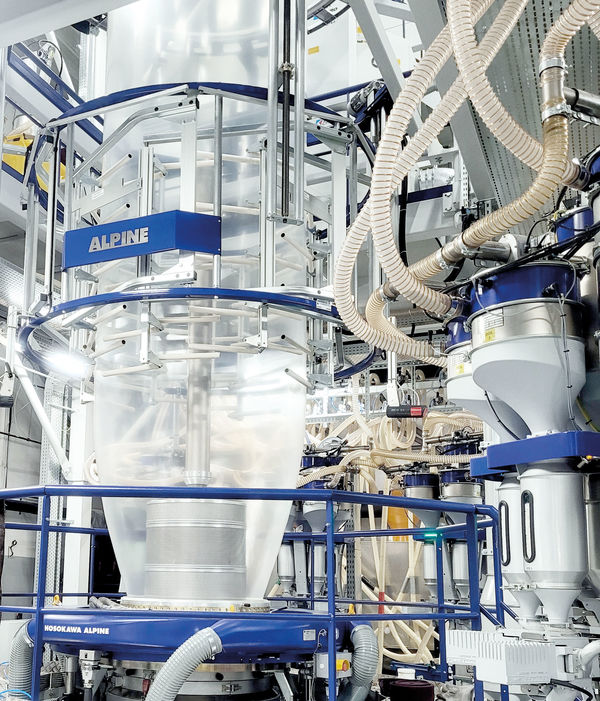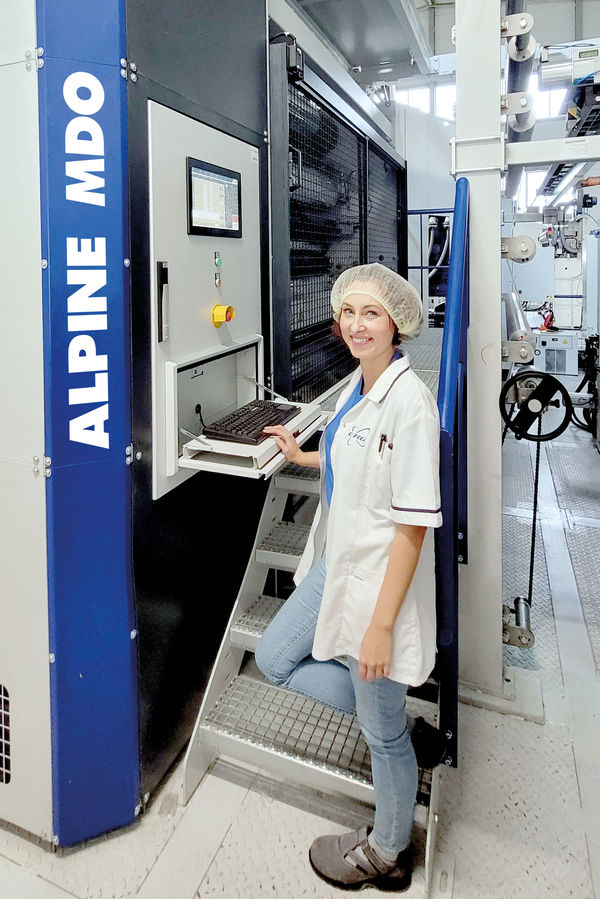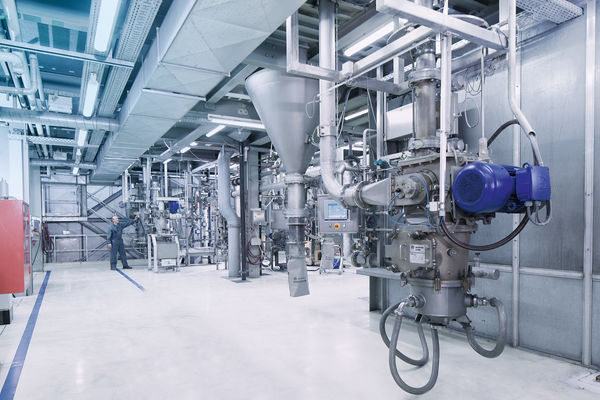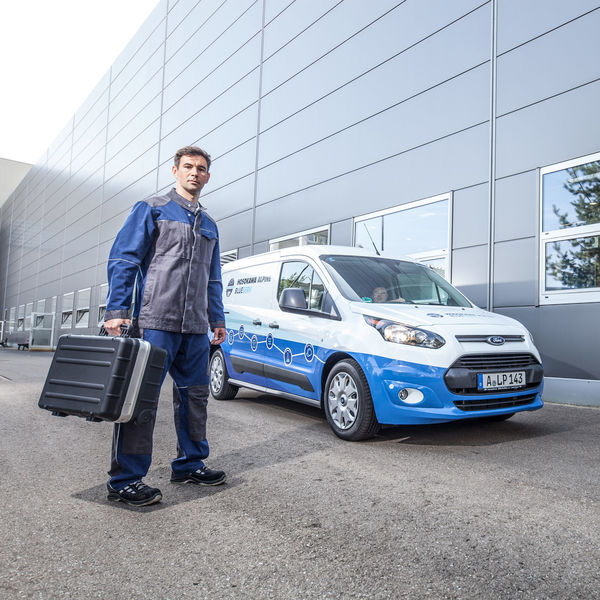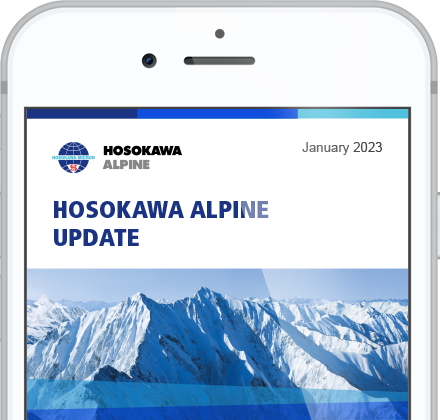"More than 100 MDOs made by us are now in use all over the world," says Richard Hausner, Sales Manager Poland in the Film Extrusion Division of Hosokawa Alpine. Together with the customers, Hosokawa Alpine designs the respective MDO blown film line precisely for the desired film production, tailored exactly to the customers’ needs. "This was also the case with ERG and this is one secret of our success. The other is the quality of the MDO films," says Hausner. It is characterised by excellent processability, optimised flatness and no hanging edges. To achieve this, Alpine’s MDOs are equipped with three unique features: TRIO technology (Trim Reduction for Inline Orientation) for best flatness and roll cylindricity, the flexible adjustment of the stretch gap to reduce neck-in, and the unique vacuum technology for best flatness and excellent process stability.
The Hosokawa Alpine MDO technology is based on monoaxial stretching of blown film. The film is pulled between two rollers that rotate at different speeds. Depending on the application, the film runs over eight to twelve rollers, two of which are stretching rollers. After heating to the optimum temperature, the film is brought to the desired ratio in the stretching phase. The stretching process reduces the film thickness while improving the optical and mechanical properties. These include, for example, barrier properties, transparency or processability. "The raw material requirement can be reduced with this technology in a resource-saving way and efficiency can be increased," Hausner explains. The stresses created during stretching are reduced in the subsequent annealing phase. Finally, the film cools down and compensates for the thermal shrinkage. "Our composite films based on MDO-Full-PE films and a sealing layer made of LDPE - also in a high-barrier version for gases - meet all the requirements of a modern circular economy and are 100 per cent mechanically recyclable," says Gwizda happily.
![[Translate to English:] Die heads series X](/fileadmin/_processed_/2/9/csm_Blaskopf_Baureihe_X_a8986ba98c.png)
